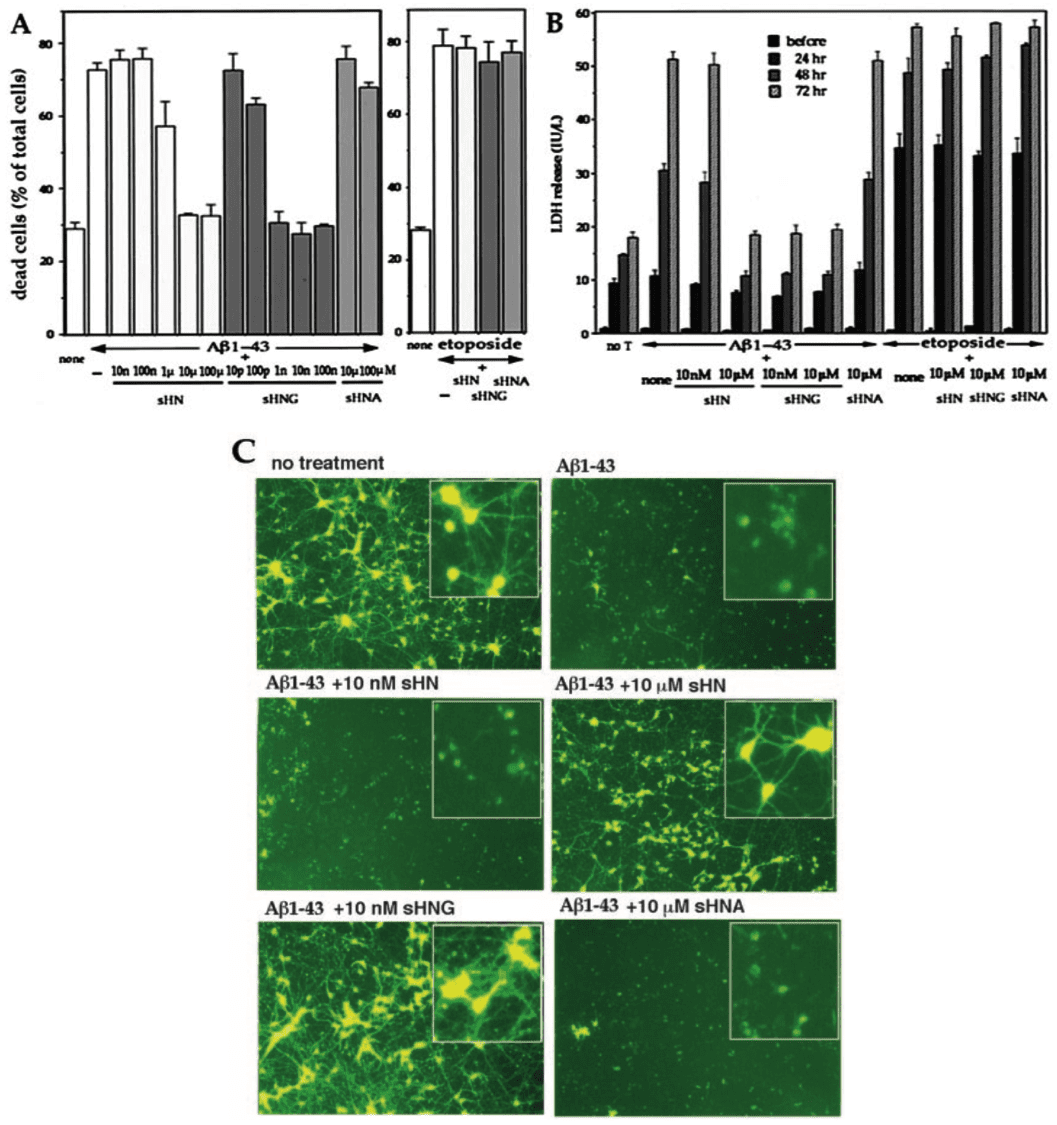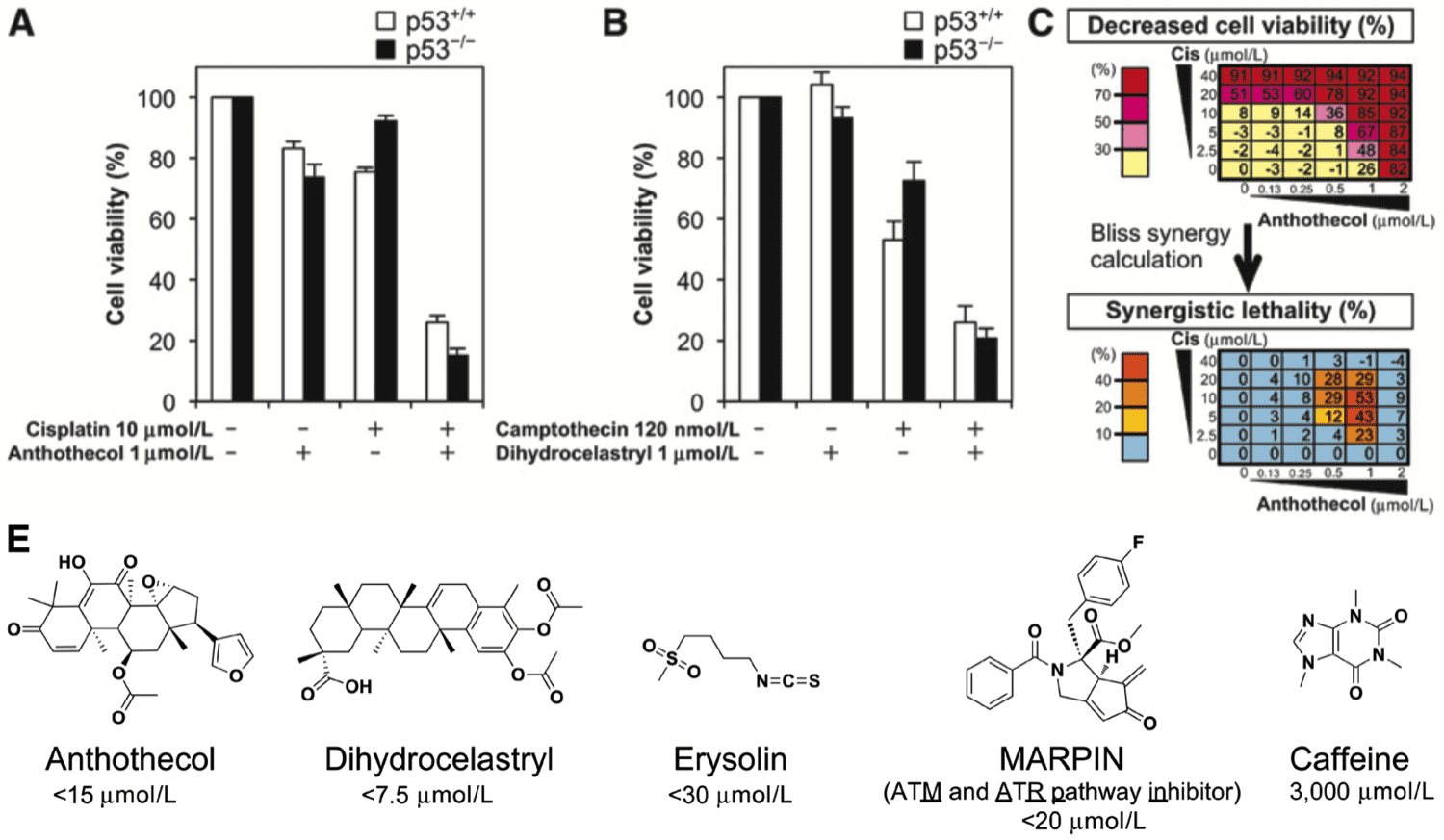Highlights Merkel cell carcinoma (MCC) is an aggressive cutaneous malignancy with a recurrence rate of…
Highlights
- To discover molecules that suppress familial Alzheimer’s disease (FAD) gene-induced death of neuronal cells, we performed a functional screening for antagonistic genes against death insults, termed a death-trap screening.
- We transfected V642I-APP-inducible neuronal cells with a cDNA library constructed from the occipital cortex of an Alzheimer’s disease patient brain and recovered the plasmids from surviving cells.
- We discovered a cDNA, encoding a 24-residue peptide (MAPRGFSCLLLLTSEIDLPVKRRA), that suppresses neuronal cell death induced by three different types of FAD genes and by Aβ, designated Humanin (HN).
- The rescue action of HN cDNA requires extracellular secretion of the corresponding polypeptide, not its presence inside the cell, indicating that HN acts on cells from the outside.
Abstract
Through functional expression screening, we identified a gene, designated Humanin (HN) cDNA, which encodes a short polypeptide and abolishes death of neuronal cells caused by multiple different types of familial Alzheimer’s disease genes and by Aβ amyloid, without effect on death by Q79 or superoxide dismutase-1 mutants. Transfected HN cDNA was transcribed to the corresponding polypeptide and then was secreted into the cultured medium. The rescue action clearly depended on the primary structure of HN. This polypeptide would serve as a molecular clue for the development of new therapeutics for Alzheimer’s disease targeting neuroprotection.



